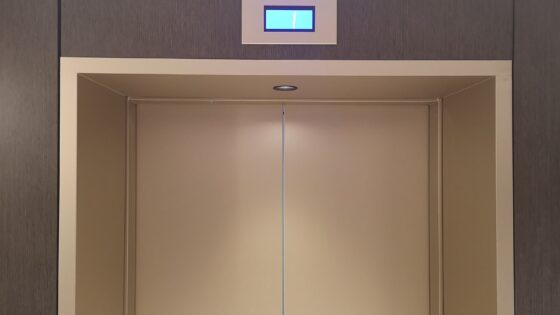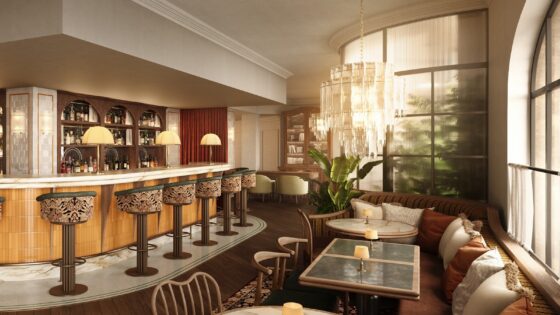Hotel Designs goes behind the scenes of one of the leading design firms, Wimberly Interiors, to understand what hotel designers are expecting to be the major design trends of 2021…

Since 2021 started, we have deliberately put an emphasis on trends – from surface design trends to architecture trends and recently predicting what colour palettes will be popular this year and in the future. Instead of rolling our eyes, which is often the reaction when the trends are mentioned, we are embracing new ideas and meaningful solutions following what has been the largest disruption to hospitality in living memory.
In order to understand how designers worldwide are thinking right now about the future, we have heard from seven leading professionals from Wimberly Interiors. Here are their predictions…
“I would say personalised boho. A lot of natural, raw materials and earthy palettes with an emphasis on plants brought indoors in any shape or form, to take us back to nature after being locked in for so long.” – German Mendoza, Associate and Senior Designer, London.
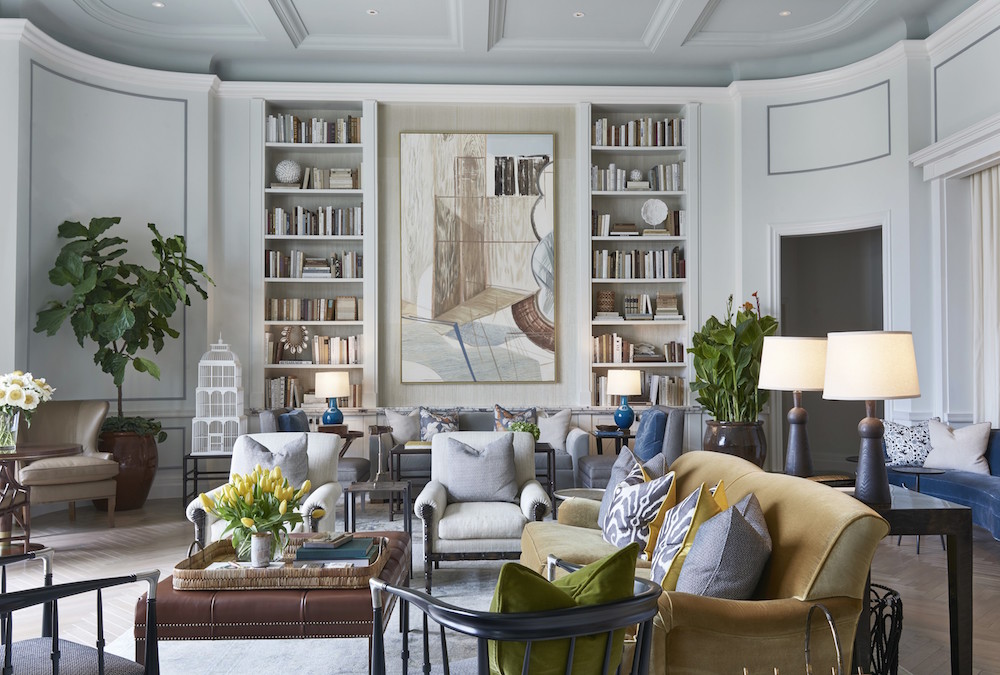
Image credit: Rosewood Baha Mar
“My interiors prediction for 2021 is ADAPTATION! As this year has laid down in front of us a path of restaurant, hotel and venue closures and abandon, 2021 will be the year of taking those left behind spaces and turning them into something new, exciting and hopeful.” – Josh Held, Vice President and Director of Entertainment, New York.
“After being part of Fortis 2019 [WATG and Wimberly Interiors’ internal rising star program], my eyes have been opened to the need for resilience in interior design. More than just a trend, it is gaining momentum and is ultimately about the use of materials – tactile, natural, honest and, most importantly, local. Interior design is moving rapidly towards a sense of place and appreciation of available materials and products with a low carbon footprint. It is this availability of resource that is key to the future of design beyond trends.” – Damien Follone, Senior Associate and Senior Designer, Restaurant and Bars, London and The Brit List 2020 Designer.
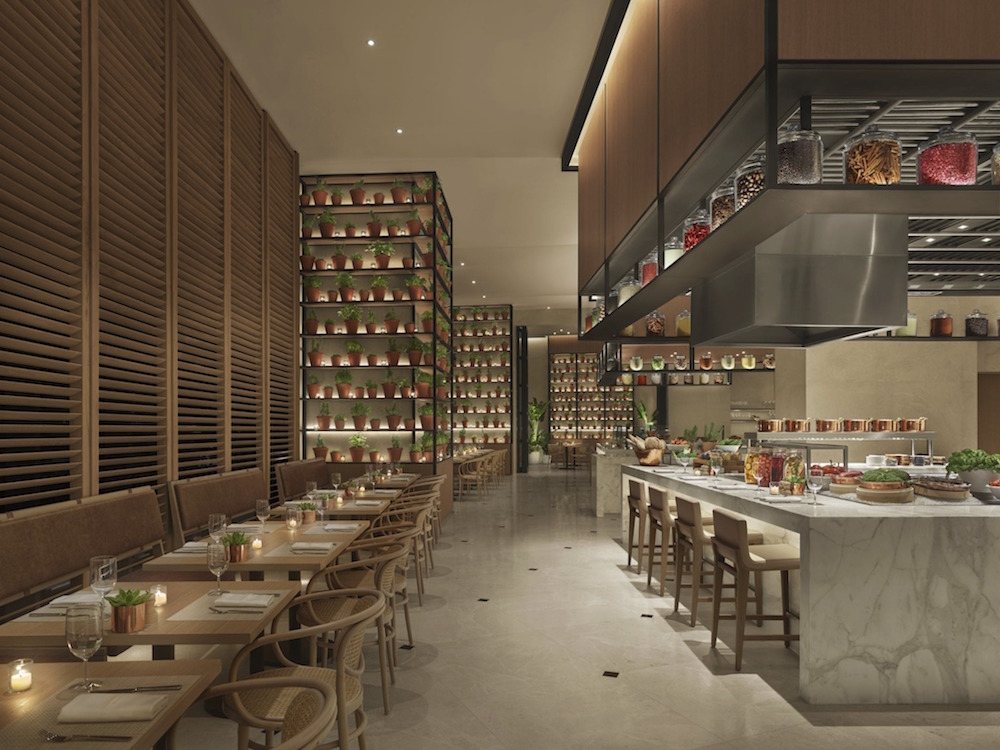
Image credit: EDITION Hotels
“After a chaotic 2020, we’re predicting that 2021 will be all about calm and comfort.
“Natural and organic materials and cool neutral colours with touches of earthy tones are on the way in. Think stone, wooden finishes, recycled and plant-based woven fabrics, and touches of greenery.
“We’re also going to see more open, uncluttered spaces that balance a minimal aesthetic with comfort, warmth, and a feeling of ‘home’ – especially in hospitality design. Objects that are both beautiful and functional, or possess special meaning rather than being purely decorative, will take prime position.
“Blending old and new with curated feature pieces will also continue to dominate the interior design space. Over the past few years, we’ve seen consumers move towards buying better made, longer lasting statement pieces as opposed to their faster, in the moment or ‘on trend’ counterparts.” – Rachel Johnson, Senior Vice President and Studio Director, London.
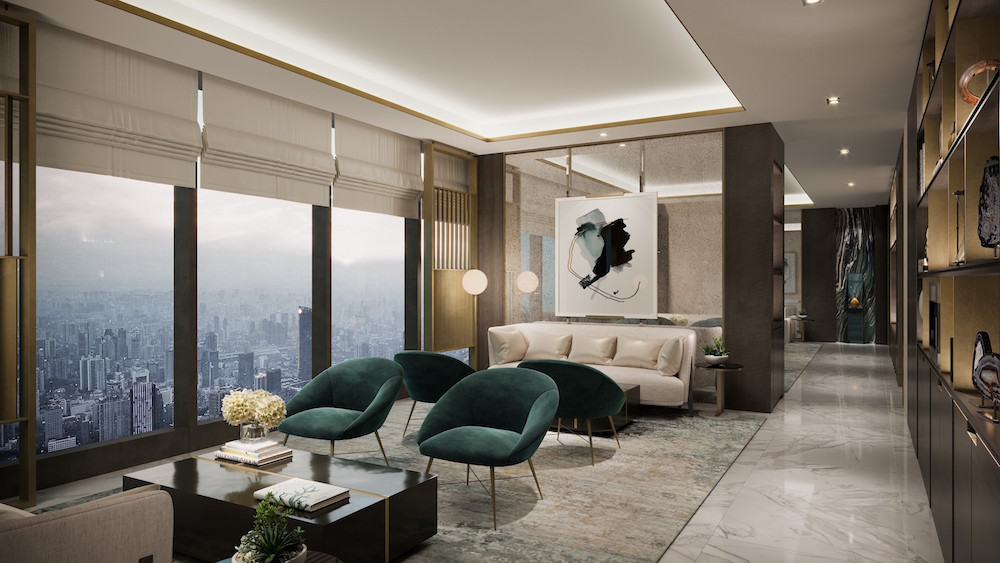
Image credit: Kempinski Jinan
“Wellness has topped trends lists for years – and not just in the travel and hospitality industries. As we begin contemplating our post-pandemic (or next-pandemic) world, wellness is going to be bigger than ever and take on a much more holistic form: health, safety, and resilience will become one, and we’ll see designers collaborating more freely with new and unexpected industries and professionals. In the short-term, it’ll mean opening windows in guest rooms, saying goodbye to individually packaged plastic bottles for products or water, and ensuring a better relationship between the indoors and out through integrated design.” —Margaret McMahon, Global Director, Wimberly Interiors
“Within hotels, I think there will be a real move towards creating spaces where people feel private and protected. Interior design will feel cozier and more residential, while still providing all the finishing touches that guests have come to love from hotel environments versus the home. Luxury hospitality in particular already has a head-start on this, with spaces often designed with exclusivity in mind.” —Liana Hawes, Creative Director, Wimberly Interiors New York.
“2021 will bring a consciousness of how we conceive private spaces by giving them more flexibility. Think ‘light furniture’ that adapts to different situations with concealed extra functionality to accommodate luxury, comfort and purpose, such as a chair that doubles for dining and working. As many continue to spend increased hours at home, the role of the artwork, textured and natural materials, and botanical wallcoverings will become extremely important – especially in spaces that have prolonged hours of use. As Joan Miró said, ‘A simple line painted with the brush can lead to freedom and happiness.” – Paolo De Simone, Associate and Senior Designer, Wimberly Interiors Singapore.
Main image credit: Wimberly Interiors

